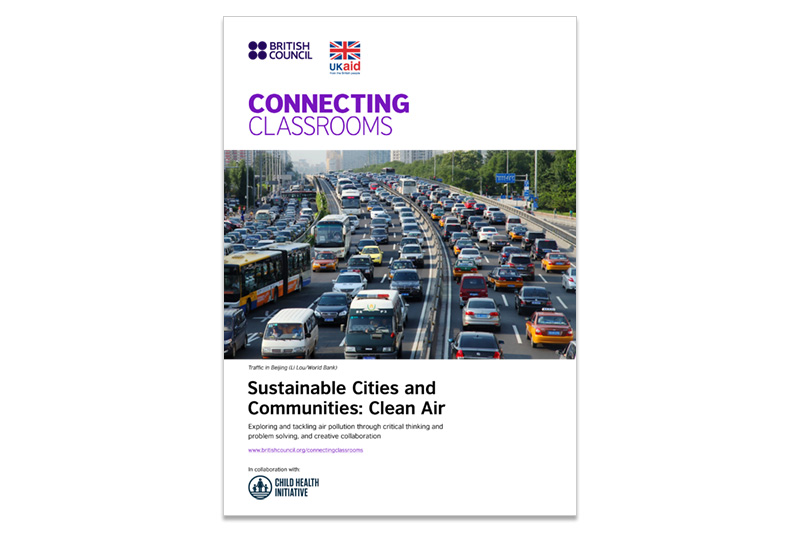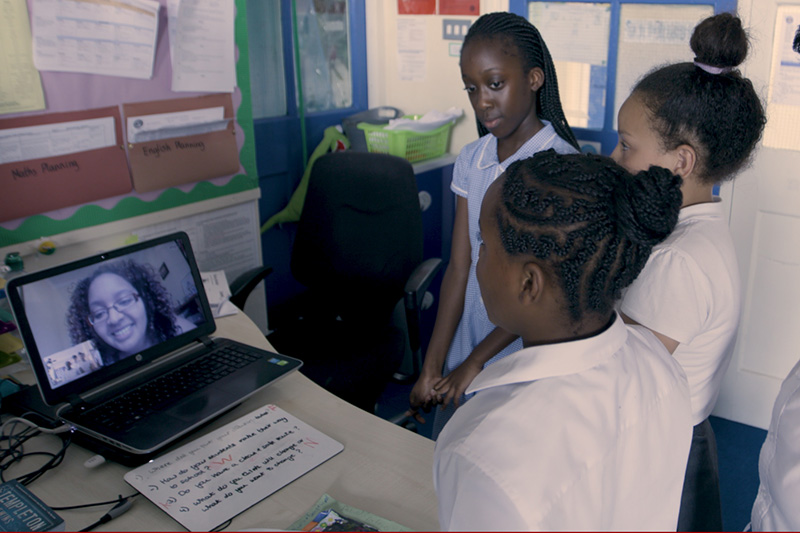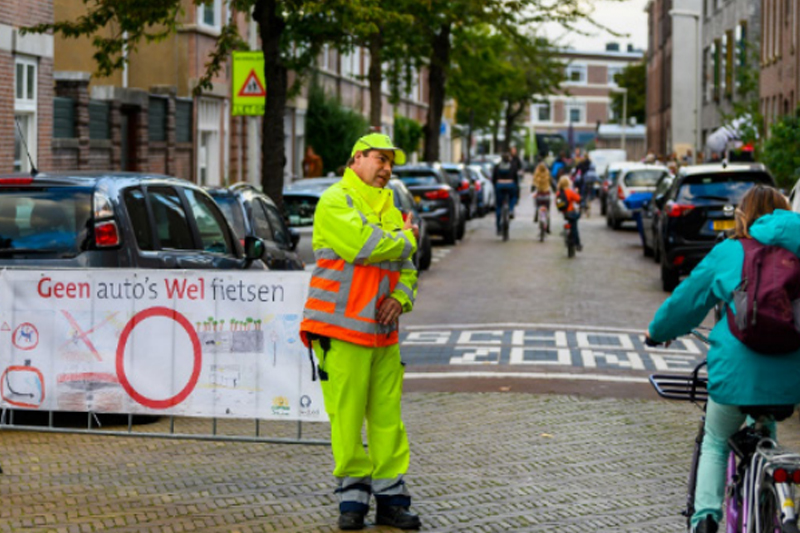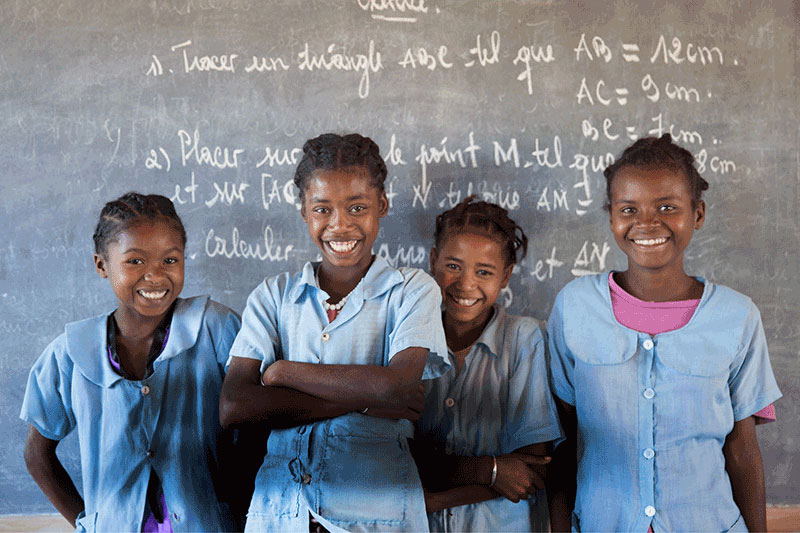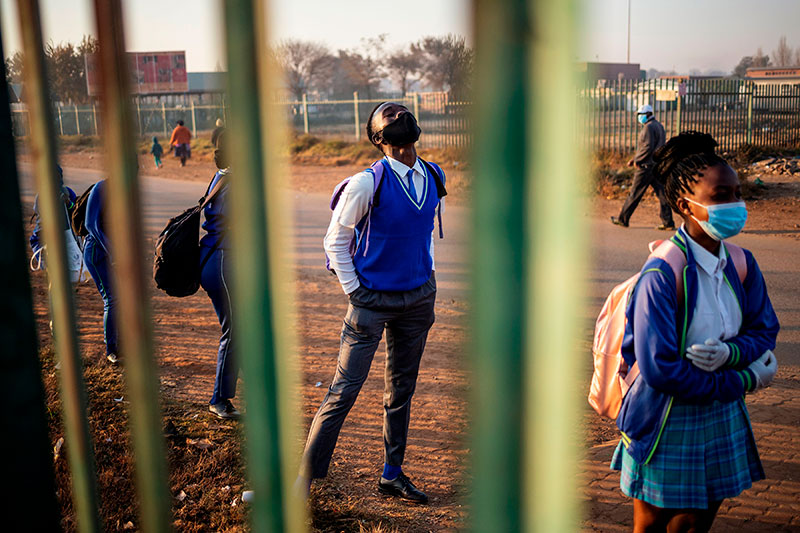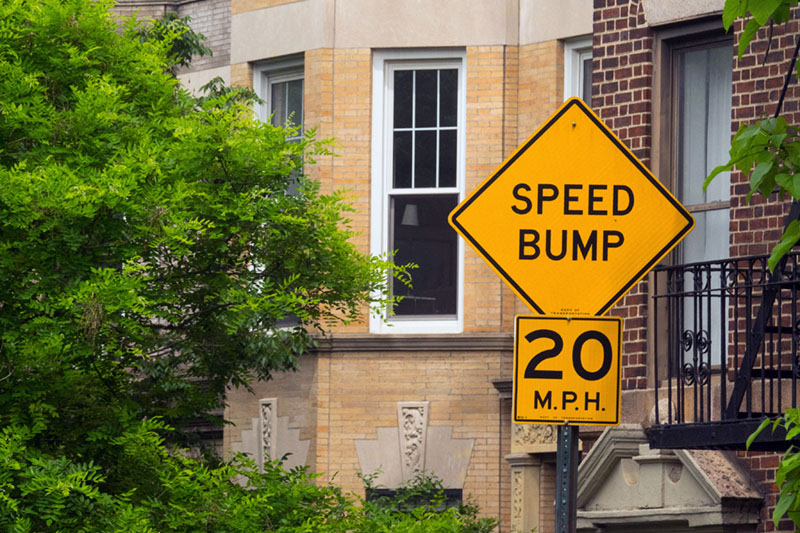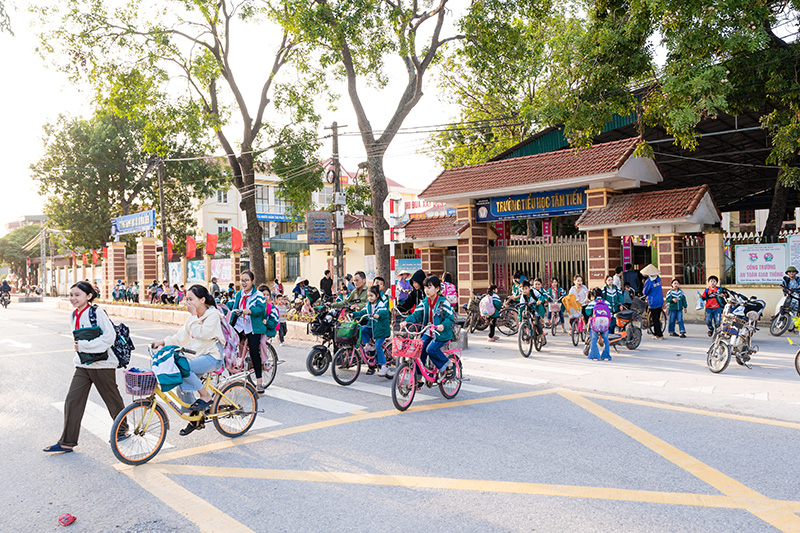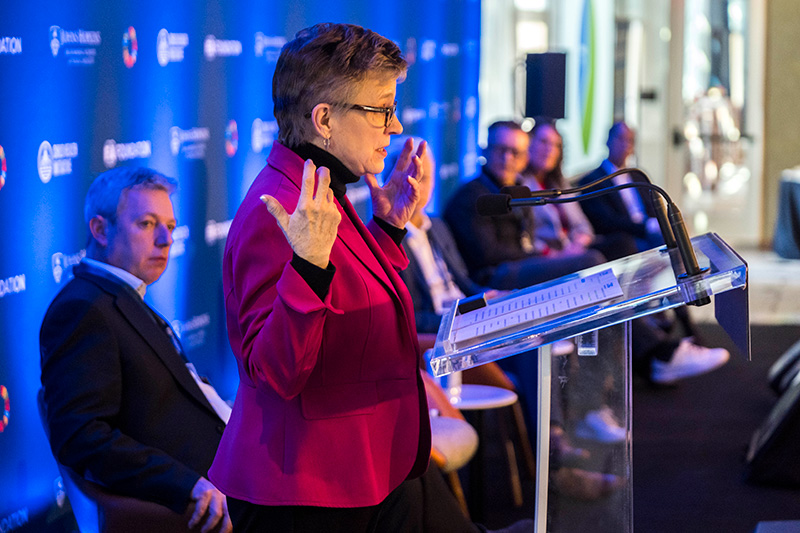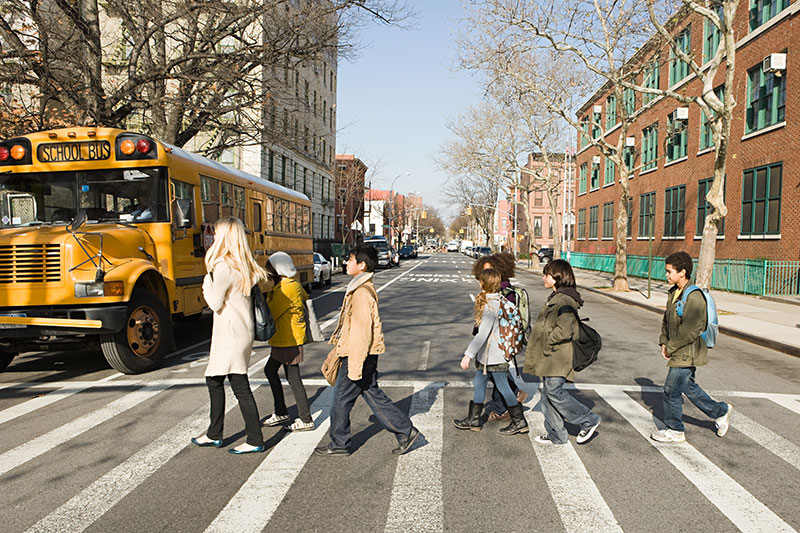New clean air resource connects classrooms for healthy streets and the Global Goals
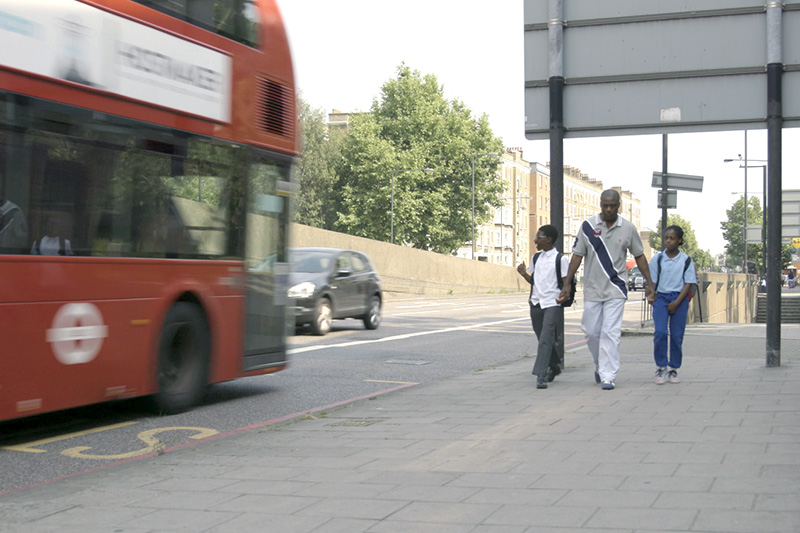
The Child Health Initiative has joined with the British Council to develop a new resource for schools to support global learning and international exchange around clean air and healthy streets, a key component of the Sustainable Development Goals (SDGs), or ‘Global Goals’.
Connecting Classrooms is a British Council initiative, part-funded with UK aid from the British people. It enables schools in different countries around the world to learn together about global issues and the importance of the Global Goals, as well as what they can do locally. The FIA Foundation contributed additional funding to help develop the clean air resource.
The new Connecting Classrooms Cities and Communities: Clean Air resource consists of 12 lessons written by educational experts at the Geographical Association in conjunction with the London Sustainability Exchange (now part of Global Action Plan) and the Child Health Initiative. It is focused on air pollution, which is included as targets in two Global Goals; health (SDG3) and cities (SDG11). It focuses particularly on the journey to school and school environment as a way of exploring sources of emissions, the impact of exposure to dirty air and measures that can be taken for a cleaner, healthier environment.
The new resource draws on the experiences of the Cleaner Air 4 Schools International project, funded by the FIA Foundation – which in turn adapted a toolkit originally funded by the Mayor of London that has been widely used in UK schools. Cleaner Air 4 Schools International was a pilot exchange between schools in London, Nairobi, and New Delhi, which successfully worked with school children to learn about and measure air pollution in and around their schools to inspire action and raise awareness. In London, this included the children writing a song that they performed for the Mayor of London, Sadiq Khan, at a special conference hosted by the Child Health Initiative.
The Connecting Classrooms project is backed by UK aid funding to enable schools in different countries to connect and learn. The lessons can be adapted to different contexts, and have been designed to develop critical thinking skills as well as science, creative collaboration and awareness raising for change. The clean air resource includes ideas about how to measure air pollution and emissions from vehicles, including the TRUE initiative’s real-world emissions rating system.
While schools in many countries are currently closed, the British Council has also developed a bite-sized air quality lesson guide using activities from the Connecting Classrooms resource to explore issues of global air quality as well as to understand and address local pollution, suitable for home-learning.
The aim of the Child Health Initiative is a safe and healthy journey for every child around the world by 2030. This includes reducing vehicle speeds by introducing 30km/h limits, reducing emissions and encouraging active travel, such as walking and cycling, by improving street design including pavements and crossings.
The Child Health Initiative is also calling for a global adolescent summit to prioritise SDG action on adolescent health and rights. The Child Health Initiative toolkit provides further resources that schools can use to raise awareness of the issues, including action through the #ThisIsMyStreet campaign, which brings together the voices pf people from around the world to demand global leaders step up and prioritise the needs, and futures, of all children and adolescents.
